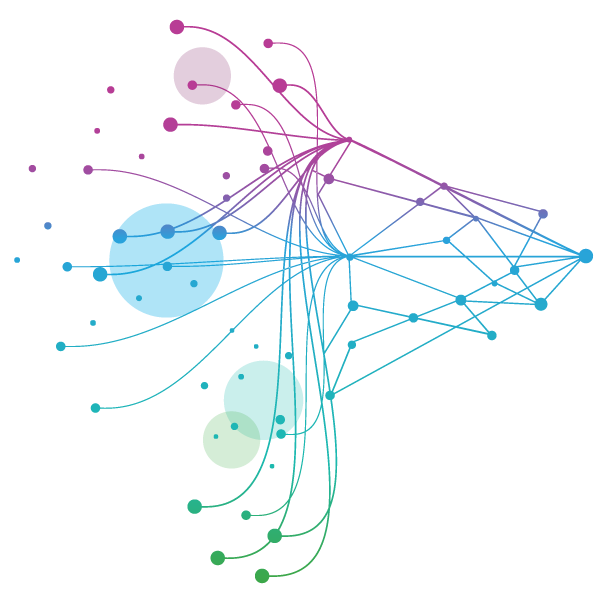





















- Blogs
- Debunking value, access, and pricing myths: Episode 1 | Centralized EU HTA will never happen
The notion that a centralized EU Health Technology Assessment (HTA) would never come to fruition was put to an end with the introduction of the Health Technology Assessment Regulation (HTAR) by the EU. This regulation, which took effect in January 2025 for oncology products and ATMPs, is poised to transform the way we strategize for optimal market access. It will have significant implications for many pharmaceutical company functions and impact various critical Market Access activities such as pricing strategies, launch sequencing, evidence generation, and asset planning.
The vision for the EU HTA Regulation is to accelerate and harmonise access to patients across the EU member states, streamlining the workload associated with multiple local pricing and reimbursement dossiers, and establishing clear, predictable evidence requirements. However, these opportunities also bring significant risks, and change brings uncertainty. For instance, the introduction of the new Joint Clinical Assessment (JCA) process and the associated expected increase in evidence generation requirements will lead to a higher workload for both the industry and the payer bodies involved. Uncertainties about real-world experiences persist, such as the consequences of no or incomplete filing, what will be considered confidential and redacted, and, ultimately, significant local-level work remains (especially for those cost-effectiveness markets) given that pricing decisions will continue to be made at the national level.
The centralised HTA processes is expected to change the way pharmaceutical companies need to prepare for markets access (as reviewed in our recent JMAP article) including, but not limited to:
- More perspectives than ever will need to be factored into asset development decisions: trials must generate access-enabling evidence for US, Europe, China, Japan and beyond, and factor in long-term evidence needs for Europe resulting from EU HTA, and access strategy developed in-light of the timing / potential consequences of EU HTA appraisals.
- Getting initial data-submissions right is ever more important: it will no longer be possible to file to EMA with early data and “sneak in” a later data cut before HTA, without risking costly resubmissions and burdensome dossier revisions.
- European launch sequence evolution and a shifting in geographic priorities: when it comes to launch sequencing in Europe there are traditional sequences driven by commercial opportunity and IRP influence; with the availability of a JCA report there is expected to be political pressure to launch earlier in traditionally later markets.
- Extensive influence within EU and even beyond EU markets: HTA and payer bodies globally are expected to reference publicly available EU JCA reports.
The big remaining question here is: will this new EU HTA tangibly impact pricing and access? In the shorter term, change in procedures will dominate focus/attention and there is expected to be a continued reliance on established national processes for pricing. Within this shorter term, early and effective JCA planning will be key - focusing on evidence generation and organisational readiness. As we move into the mid-term, we may start to see implications for pricing on a number of levels: payers using the JCA report as ‘leverage’ to increase pricing pressure when PICOs are not addressed or not in favour of the new product; IRP impacts if we see the stated EU HTA goal of acceleration of access across Europe; and from the potential for broader sets of price benchmarks being included in negotiations, driven by the breadth of PICO scoping. Thinking globally, it remains unclear how pricing impacts from EU HTA would interact with implementation of US pricing policies (e.g., Most Favoured Nation). All of these shifts will require MNFs to reconsider typical EU launch sequencing and ensure readiness in negotiations to steer toward appropriate comparators. Although, the exact level of impact on pricing of this regulation remains an unknown.
Visit the EU HTA Solutions page for information and additional resources.






